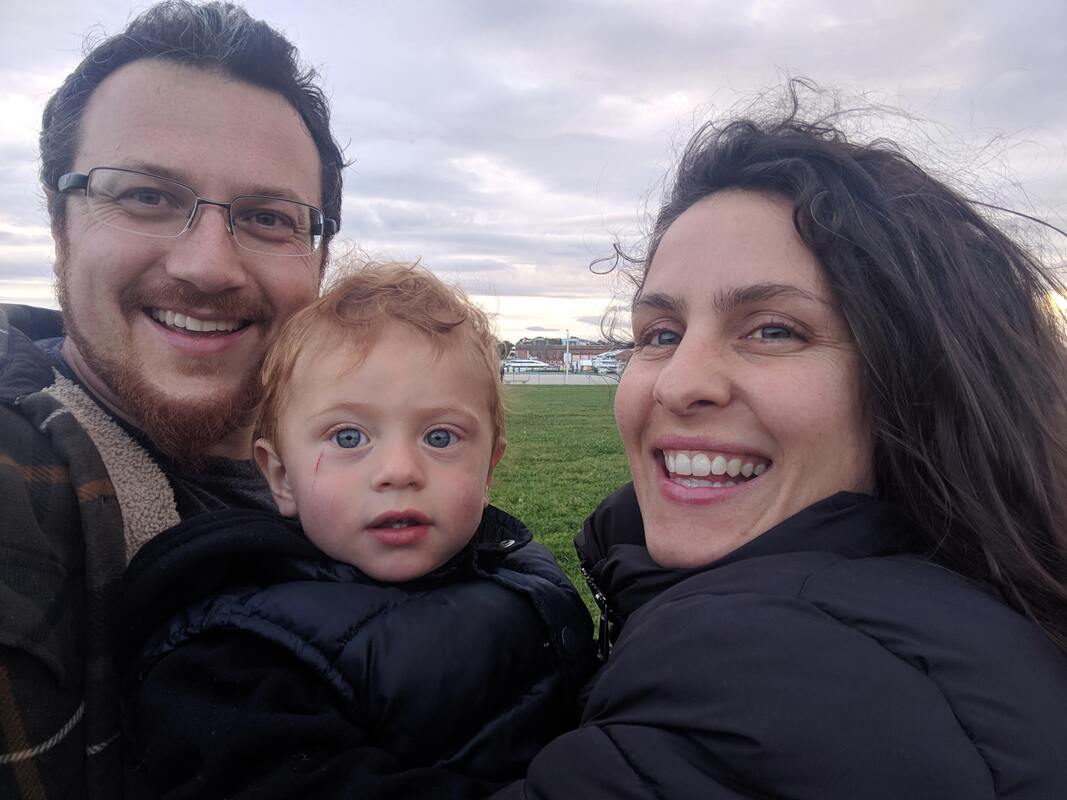 I recently finished an online Lifestyle Medicine Course from the American College of Lifestyle Medicine and Wellcoaches and wanted to share some quick tips in this post. I was exposed to Lifestyle Medicine by two amazing physicians that I work with who recently got board certified. The idea is simple: treat, reverse, and prevent chronic disease by addressing the root cause: lifestyle. Why is this important and why now? Chronic disease (such as heart disease, cancer, and diabetes) is the leading cause of death and disability in the U.S. Almost 60 percent of American adults have at least one chronic condition and 42 percent have more than one, accounting for 90% of healthcare spending. Beyond the cost to our economy, chronic disease imparts an emotional toll that is often overlooked. Managing a chronic condition imparts suffering to say the least, and any empathetic health care professional should want to reduce and prevent suffering. The big picture:
The silver lining: According to the World Health Organization, 80% of heart disease, stroke and type 2 diabetes and 40% of cancer could be prevented, primarily with improvements to diet and lifestyle. Start with Lifestyle Lifestyle Medicine is the use of a whole food, plant-focused diet, regular physical activity, restorative sleep, stress management, avoidance of risky substances and positive social connection as a primary means to treat and reverse of chronic disease. Here’s a quick summary: 1. Feet. Decades of research has clearly documented the many health benefits of physical activity. Despite this knowledge, the majority of us remain physically inactive. Less than 5% of adults participate in 30 minutes of physical activity each day and only one in three adults receive the recommended amount of physical activity each week. The goal is to get 30 minutes or more of moderate intensity exercise most days of the week. Resistance exercise is also essential. Reflect on your barriers and start where you’re at. More is better, but some is better than none. 2. Forks. When looking at the literature, the evidence is strongest for a predominantly whole food, plant-based. The best advice we can all follows was crafted by Michael Pollan, one of my favorite authors and activists: Eat food, not too much, mostly plants. Fact: More than 80 percent of Americans fail to eat the recommended amounts of fruits and vegetables. A plant-based diet isn’t all or nothing and it isn’t “vegan”. It just means that we put plants (vegetables, fruits, grains, beans, legumes, nuts, and seeds) first. Opt for whole grains, add more plant-based proteins to your plate and/or decrease your serving an animal-based foods, and avoid food items with added sugars. Download the Plantrician Project’s Quick Start Guide and try one or more of the tips it suggests for transitioning to a plant-based diet. 3. Fingers. Don't smoke. Decrease alcohol (1 a day for women,2 a day for men) to balance the risks and benefits. 4. Sleep. More than a third of American adults are not getting enough sleep and the consequences are surprising, including weight gain, depression, and decreased libido. Get the proper amount of sleep for your age:
5. Stress. Americans are among the most stressed people in the world. But not all stress is bad. Mindset is essential in our efforts to buffer the stress in life. As well as a exploring the variety of strategies to manage it:
6. Love. Social connection is a pillar of lifestyle medicine. Humans are wired to connect, and this connection affects our health. There is significant evidence that social support and feeling connected can help people maintain a healthy BMI, control blood sugars, improve cancer survival, decrease heart disease, mitigate symptoms of PTSD, and improve overall mental health. Just as we need vitamin C each day, we also need a dose of the human moment—positive contact with other people. Here are 5 ways to increase social connection. The ideas behind Lifestyle Medicine are simple and we’ve heard most of them before. So why is it so hard to implement these basic healthy habits? Researchers have been grappling with the science of behavior change since the 1960’s. Inspiring change in others is an age-old challenge. The reality is that the patient (you) have to be ready and willing to change. Some of the tools shared in this certification program to help facilitate behavior change included the SHARE model around Shared Decision Making, practicing empathy, reflective listening and other elements of Motivational Interviewing, and helping patients set SMART goals. In summary, Lifestyle Medicine treats the underlying cause of disease rather than its symptoms, which are too often addressed with pills and procedures. You don’t have to look at the statistics to know that the prevalence of chronic illness in our nation is a problem. Too many of us are suffering from preventable conditions. So share the power of and science behind Lifestyle Medicine to your friends, family, and colleagues today. And please leave a comment if you’d like me to email you some of the resources shared in my certification program. One of the more valuable tools I received was Wellbeing Playbook that gives solid tips on how to boost positive emotion, engagement, relationships, and meaning in life from Michelle McQuaid’s Wellbeing Lab.
0 Comments
|
AuthorHello and welcome! My name is Andrea Notch Mayzeles. I am a Certified Health Education Specialist, Mom, and Master of Public Health dedicated to the path of well-being. As a wellness professional I am committed to continued learning and am here to share research, recipes and musings on health, psychology, personal development, and parenting. I hope you enjoy! Categories
All
|


 RSS Feed
RSS Feed